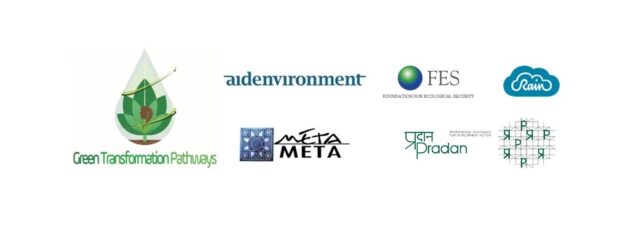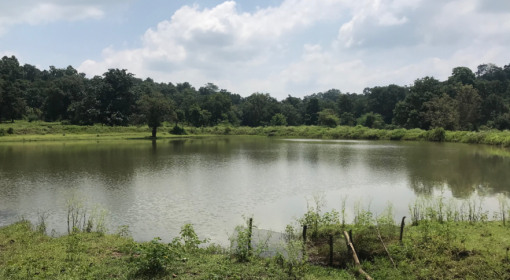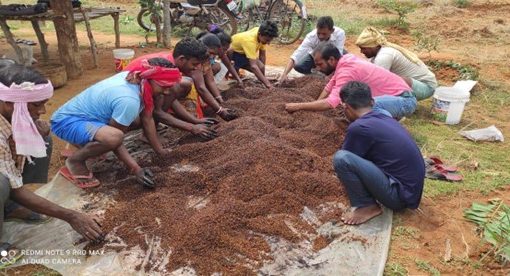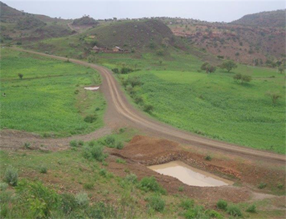By Rohan Gupta & Meghna Mukherjee
“In the past decade, we have managed to reduce out-migration from this village by about 80%,” informed Kamal Singh, a Community Resource Person associated with the Indian organization PRADAN in the village of Kumharra. Kumharra is a medium-sized agricultural village in the block of Mohgaon in Madhya Pradesh, India, with 639 residents (2011 census). In the last ten years, the village has transformed from a water-starved resource-poor region to a water-sufficient village with a rejuvenated forest.
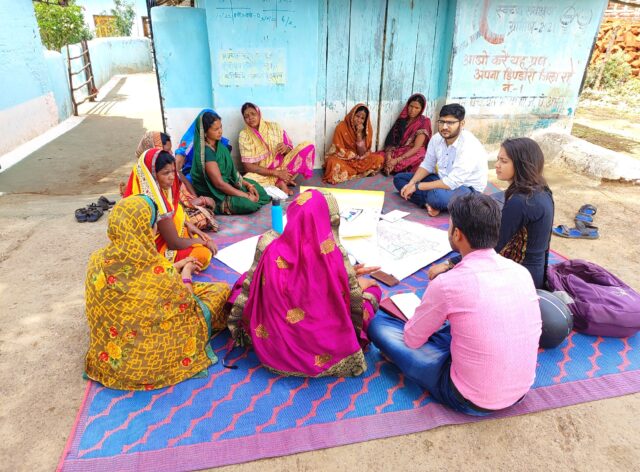
Ten years back, as Kamal Singh relates, the problem of water scarcity was so acute that the villagers were compelled to steal water for basic sustenance at 4 o’clock in the morning. The forest had been heavily cut down due to unregulated deforestation by the locals. Around this time, PRADAN visited the village to start the process of resource conservation. The first step was an exposure visit to Niwas, where Kamal Singh and other visitors witnessed the various projects deployed to conserve forests and water in the village. The second step was to elect a village headman (Sarpanch) who could initiate development work in the village. The locals started by creating multiple small groups (Samuh) of 10 females who came together to decide that Panchayat elections must be carried out. A campaign to create awareness regarding Panchayat elections bore fruit, and soon the village had a Sarpanch. The next step was to start the conservation project.
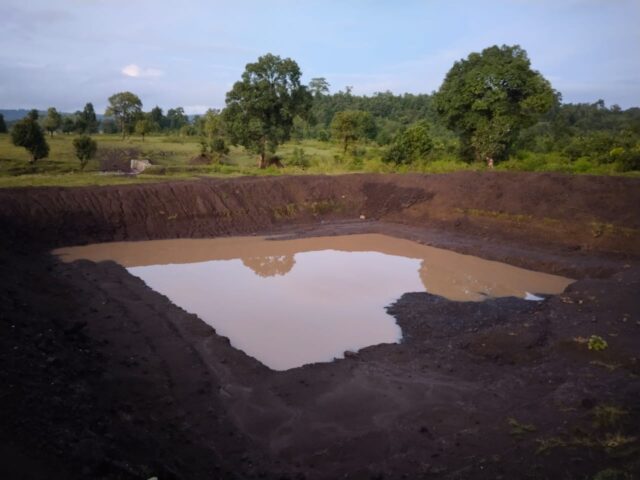
With the help of technical guidance from PRADAN, the village decided that an integrated approach to watershed management is integral to effectively retaining water. The process started with a plan for rejuvenating the forest, an essential resource for water retention, air purification, and provision of fuelwood, NTFPs. The Gram Sabha levied a fine of Rs. 500 on anyone who engages in the felling of trees without prior permission (for commercial purposes). The intervention was so successful that undue deforestation (except for household needs) was stopped entirely, and the forest had space and time to rejuvenate.
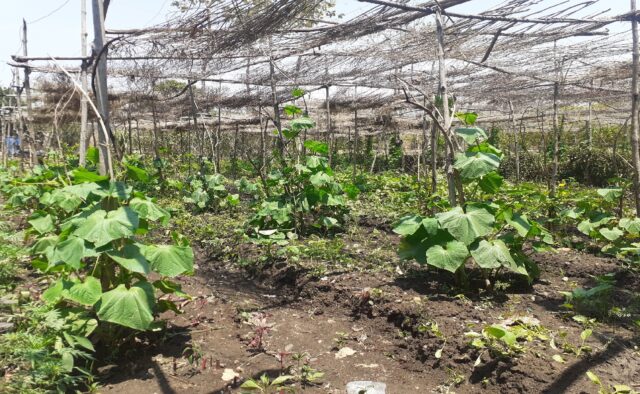
The second intervention was the creation of a pond. The Gram Sabha mobilized the villagers and encouraged them to contribute to creating a pond by digging out the soil. Without any external fund provision, backed by only collective effort, the villagers realized the creation of a large pond that provided year-long water availability. Further, PRADAN offered technical and financial support (through government schemes) to construct contour trenches, boulder checks, and gully plugs, which contained water run-off and increased water availability for irrigation and household consumption. Kamal Singh says that compared to 10 years ago when a farmer could only grow monsoon crops, watershed shed development has allowed some farmers to farm across three seasons – monsoon, winter & summer. Today, most households engage in two crop cycles, one in the monsoon and the other in the winter.
MGNREGA (Mahatma Gandhi National Rural Employment Guarantee Act, the largest work guarantee programme in the world) played an essential role in this transformative process by initiating these Natural Resource Management (NRM) projects through financial and administrative backing. Village members, including Kamal Singh, ensured the smooth functioning of MGNREGA programs by systematic developmental planning & installing a mechanism for constant monitoring & feedback. The villagers toured the village to identify areas of development, and a map of the village was created. Data was collected on the number of job cards in the village, and an estimate regarding the money required for development activities each year was made. The developmental needs were assessed against the livelihood requirements of the locals to plan the type and quantity of construction & repair works required under MGNREGA. In addition, a regular communication line between MGNREGA officials at the village and block level was maintained to monitor the extent of work done, state of fund disbursal, cause of delays, etc. MGNREGA, in addition to facilitating asset creation, provided daily wage employment to the locals. As of 2022, an average Kumharra household received 75 days of employment under the scheme, with the option to work 100 days.
Kamal Singh states multiple conditions are required for such a development project to be successful:
- A system of monitoring & feedback is imperative to maintain the smooth functioning of government programs.
- The villagers need to be open & motivated towards the idea of development on their lands and in their village.
- A systematic ridge-to-valley approach that includes not one but various types of NRM structures is important for effective water retention.
When both Watershed Development & MGNREGA combined to provide local livelihoods to the villagers of Kumharra, Kumharra was able to reduce out-migration significantly. The story of Kumharra can serve as a development model for villages suffering from distress migration brought about by water scarcity & lack of local livelihoods.
